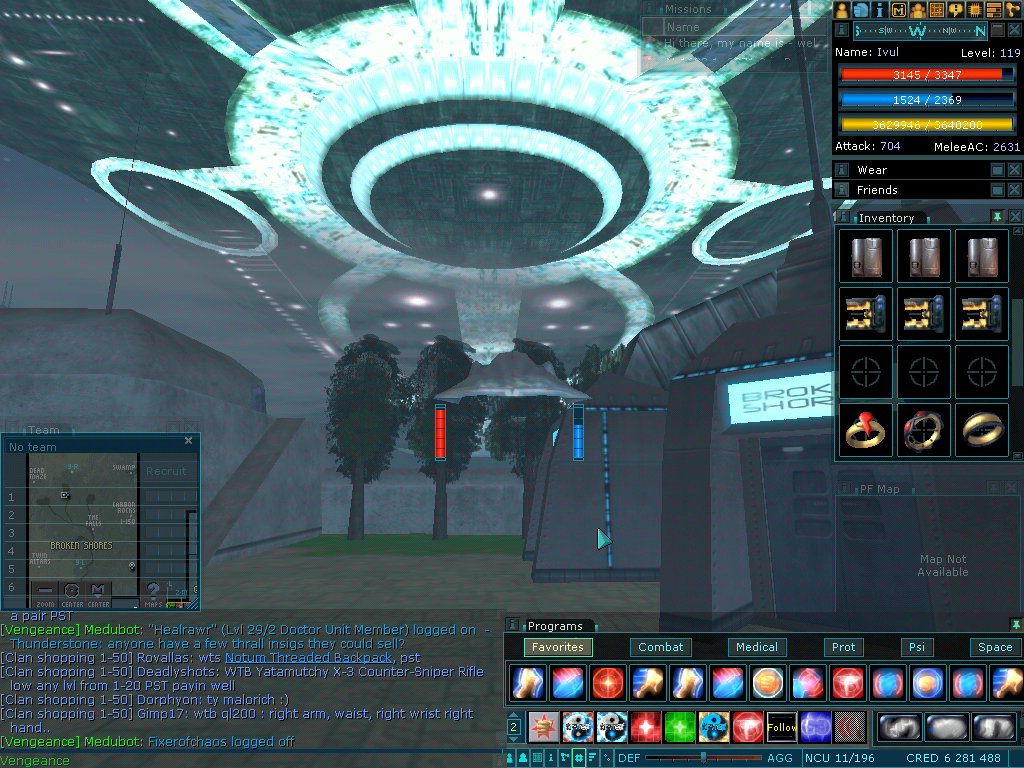

You get these much larger populations of these ants than you would in other places.” “We describe the Argentine ant as an ‘ecosystem engineer’, because it has quite far-reaching, cascading impacts.” Displacing native ants can upset delicate ecosystems of plants and insects, while the Argentine ants themselves are attracted to warm places and can interfere with electrical wiring.įurthermore, Roy said, Argentine ants can form “super colonies” in invaded regions, as they are not kept in check by the neighbouring colonies that are present in its native south America: “That seems to have broken down in the invaded range. “Of all the non-native species, than ants are concerning,” Roy said. “A little bit more climate warming for the UK and we could see the Argentine ant settling in very well.” “For example, the Argentine ant is a species that we know has some indoor populations in London, but in the last couple of years we have seen those indoor populations spread outdoors,” she said. The combination of invasive alien species and climate change was a “deadly duo”, said Prof Helen Roy, at the UK’s Centre for Ecology and Hydrology: “Changing climate might facilitate the establishment of some species that otherwise might not have been able to establish.” Prof Rob Colautti of Queens University in Canada warned: “There are very clear economic and human health consequences.” Scientists from around the world are gathering this week in Durham, UK, to assess the issue. The research, titled “Alien species pathways to the Galápagos Islands, Ecuador” and supported by an Australian Research Training Program scholarship and the Galápagos Conservancy, was recently published in PLOS ONE.Recent research shows that ever more animals and plants are finding their way to foreign lands and that invasive species are a “ primary threat” to economies, human wellbeing and wildlife. Veronica said the research was vital to improve understanding of alien species’ pathways in a bid to prevent new incursions and make recommendations to strengthen biosecurity. Philornis downsi is affecting many endemic landbirds. “Species such as the introduced parasitic fly Philornis downsi, which was introduced accidentally to the archipelago, are causing close to 100 per cent of some mortality rates for fledglings in some nests of the iconic Darwin finch species,” she said. The invasion of alien species began between 16 with the introduction of goats and rats by whalers and buccaneers, and although goats were eradicated on some islands by a government control program, Veronica said significant threats remained. “Intentional introductions of alien species should decline if biosecurity is strengthened, but there is a danger that unintentional introductions will increase further as tourism on Galápagos expands.” An introduced ani ( Crotophaga ani). “Galápagos has exceptionally high levels of endemism, which means that the species under threat are not found anywhere else in the world,” she said. Veronica said that despite Ecuadorian Government efforts to implement biosecurity protocols, more needed to be done to manage the invasion pathways so that the site’s biodiversity values are retained. “The number, frequency and geographic origin of pathways for the arrival and dispersal of alien species to and within Galápagos have increased over time, tracking closely with the increase in human population (residents and tourists) on the islands.”

Agricultural plants like papaya can carry alien species with them. She said that most of the unintentional introductions, such as insects, had arrived on plants and plant-associated material, followed by transport vehicles, and commodities – particularly fruit and vegetables. “So far, 1,579 alien terrestrial and marine species have been introduced to Galápagos by humans, of which, about half were intentional.” At least 1,476 of these species have been established in Galapagos. “Alien species are one of the biggest threats to natural ecosystems world-wide and are of particular concern for oceanic archipelagos such as Galápagos,” Veronica said. The study, led by Charles Darwin University PhD candidate Veronica Toral-Granda in partnership with the Galapagos National Park Directorate, Galapagos Biosecurity Agency, Tourism Monitoring System and the Charles Darwin Foundation, investigated the diverse pathways taken by the invasive plant and animal species. An international research team has identified the pathways that more than 1,500 alien species have taken to the Galápagos Islands, which will help to protect the UNESCO World Heritage-listed area from future threats.


 0 kommentar(er)
0 kommentar(er)
